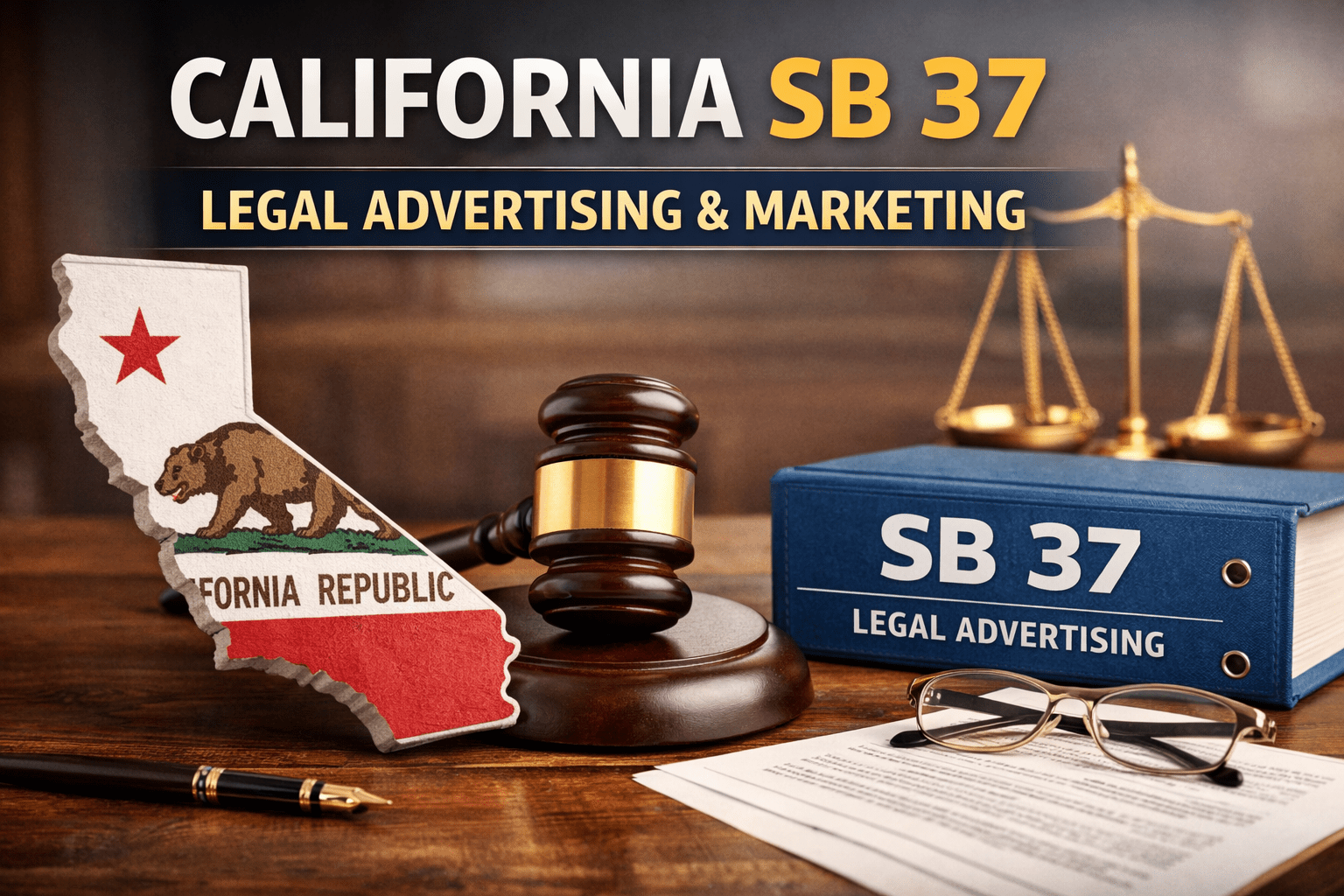- Mon - Fri: 8.30 AM - 5:00 PM
- 26565 Agoura Rd., 200, Calabasas, CA 91302
- 818-884-8075

Understanding Lead Generation Fees: What Lawyers Should Expect to Pay
What Is Lead Generation Fee and Why It Matters for Law Firms
What is lead generation fee is a question every law firm must ask when investing in client acquisition, especially with legal leads ranging from $50 to $1,500 depending on practice area and strategy. For lawyers and law firms, lead generation is a critical investment in acquiring new clients. But how much should lawyers pay for leads? Lead generation fees vary based on factors like practice area, lead quality, and pricing models.
Understanding lead generation for lawyers and the different payment structures—including pay-per-lead, commission-based, and subscription models—can help attorneys make informed decisions to maximize ROI.
How Much Should You Pay for Lead Generation? Understanding Legal Lead Costs
1. What Are Lead Generation Fees?
A lead generation fee is the cost law firms pay to acquire potential clients through digital marketing, referral networks, or third-party lead providers. These fees vary based on:
- Practice area & competition – High-demand legal fields have higher costs per lead.
- Lead exclusivity – Exclusive leads cost more than shared leads.
- Lead source & quality – Organic leads are cheaper but take time, while paid leads offer faster results.
2. Average Cost per Lead for Lawyers by Practice Area
Legal lead pricing fluctuates depending on case value and market demand. Here’s a breakdown of average costs per lead:
- Personal Injury Leads: $150 – $500 per lead
- Mass Tort & Class Action Leads: $500 – $1,500 per lead
- Family Law Leads: $75 – $300 per lead
- Criminal Defense Leads: $50 – $200 per lead
- Employment Law Leads: $100 – $400 per lead
- Bankruptcy Law Leads: $40 – $150 per lead
Higher-value cases (e.g., personal injury and mass torts) demand higher lead generation fees because of higher potential settlements.
Fee Models: Types of Lead Generation Fees & Payment Models for Lawyers
1. Pay-Per-Lead (PPL) Model
- Lawyers pay a fixed cost per lead, regardless of conversion.
- Costs vary depending on practice area and location.
- Ideal for law firms that want predictable lead costs.
Pros: Predictable costs, scalable, immediate results.
Cons: No guarantee of conversion, risk of low-quality leads.
2. Commission-Based (Pay-Per-Case) Model
- Lawyers pay a percentage of earned revenue when a lead converts into a client.
- Typically ranges from 10% to 35% of legal fees or settlements.
- Works best for high-value cases (e.g., personal injury, mass torts).
Pros: No upfront costs, only pay for successful cases.
Cons: Higher costs for high-value cases, requires long-term contracts.
3. Subscription-Based Lead Generation
- Law firms pay a monthly fee for a set number of leads.
- Pricing varies by lead volume and exclusivity.
- Ideal for firms seeking consistent client flow.
Pros: Predictable lead volume, long-term growth.
Cons: Monthly commitment, leads may vary in quality.
4. Hybrid Lead Generation Models
- Some providers combine upfront fees with commissions.
- Lawyers may pay a lower cost per lead but share case revenue.
Pros: Lower risk, balanced cost structure.
Cons: Requires careful contract evaluation.
Cost Factors: What Affects the Cost of Legal Lead Generation?
1. Practice Area & Competition
- Personal injury, mass torts, and corporate law have higher lead costs due to intense competition.
- Less competitive areas like estate planning often have lower fees.
2. Lead Quality & Source
- Exclusive Leads – Higher cost but better conversion rates.
- Shared Leads – Lower cost but more competition.
- Organic Leads (SEO, Content Marketing) – Lower cost over time but takes longer to generate.
3. Geographic Location
- Leads in large metro areas (New York, Los Angeles, Chicago) cost more.
- Rural and suburban areas tend to have lower lead generation fees.
ROI Tips: How to Lower Lead Generation Costs & Maximize ROI
1. Improve Lead Conversion Rates
- Respond to leads within 5 minutes to increase conversion chances.
- Optimize intake processes to pre-qualify potential clients.
2. Diversify Lead Generation Channels
- Combine SEO, PPC ads, and referrals for a balanced strategy.
- Use data analytics to track lead quality.
3. Invest in CRM & Marketing Automation
- Use legal CRM software to manage leads and track conversions.
- Automate email campaigns and follow-ups to nurture prospects.
Common Mistakes: Errors Lawyers Make When Paying for Leads
1. Overpaying for Low-Quality Leads
- Some firms buy cheap shared leads with low conversion rates.
- Always test lead providers before scaling your budget.
2. Failing to Track Lead Generation ROI
- Many firms don’t track which lead sources perform best.
- Without data-driven decision-making, law firms waste money on ineffective channels.
3. Ignoring Organic Lead Generation
- SEO and referrals reduce long-term dependency on paid lead generation.
- Building an evergreen legal marketing strategy saves money over time.
Fee Strategy: Lead Generation Fees Are an Investment—Maximize Their Value
Legal lead generation fees can vary significantly, but the key isn’t just how much you pay—it’s how well those leads convert. Whether you choose pay-per-lead, commission-based, or subscription models, understanding the true cost of acquiring a client helps you make smarter financial decisions. By refining your intake process, responding to leads quickly, and tracking ROI closely, your firm can turn lead generation fees into a scalable, high-yield investment.
Work with a Legal Lead Provider That Delivers ROI-Driven Results
Legal Brand Marketing helps law firms acquire high-quality, exclusive leads with transparent pricing and proven ROI. Whether you’re scaling your personal injury practice or launching a new legal vertical, our lead generation solutions are designed to fuel your growth.
Get started with Legal Brand Marketing and start turning leads into long-term clients today. Contact us today to connect with high-quality, compliant legal leads and grow your client base effectively.
Frequently Asked Questions (FAQs)
1. What is the typical lead generation fee for lawyers?
Lead generation fees vary by practice area but generally range from $50 to $1,500 per lead, depending on exclusivity, competition, and lead quality.
2. Are subscription-based lead generation models cost-effective?
They can be, especially for firms seeking consistent client flow, though success depends on lead quality and how well the intake process is managed.
3. How do I know if a lead generation fee is worth it?
Calculate your cost per acquisition and compare it with your average case value to determine ROI and whether the pricing model fits your goals.
4. Which lead generation model offers the best ROI?
Pay-per-lead models offer predictability, while commission-based models offer lower upfront risk. The best option depends on your practice type and conversion ability.
5. Can lead generation fees be reduced over time?
Yes—by improving conversion rates, investing in organic marketing, and optimizing your intake process, you can reduce dependency on high-fee lead sources.
Key Takeaways
- Legal lead generation fees are influenced by practice area, lead quality, and geographic market competition.
- Lawyers can choose from pay-per-lead, commission-based, subscription, or hybrid pricing models depending on firm goals.
- Exclusive leads cost more but typically convert better than shared leads.
- Fast follow-ups, optimized intake, and automation help reduce wasted lead spend.
- Tracking ROI is essential to ensure your lead generation fees deliver sustainable growth.
Contact Us
Recent Posts

Law Firm Management
AI Legal Research vs Human Research: Which Is More Accurate? Comparative Performance Analysis
Read More »
December 31, 2025




